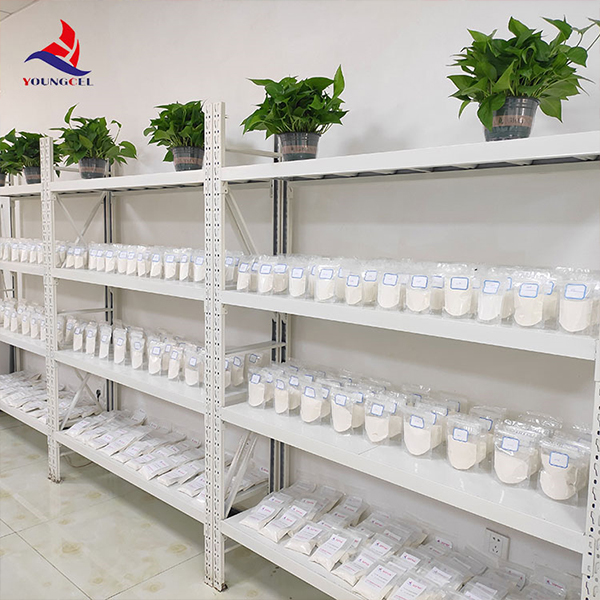Understanding Cement Chemistry The Key to Successful Construction
Cement is one of the most essential materials in the construction industry, serving as the binding agent that holds together concrete, mortars, and other building materials. The chemistry of cement plays a crucial role in determining its strength, durability, and overall performance. This article delves into the fundamental chemical components of cement and their significance in construction.
Cement is primarily composed of clinker, which is a nodular material produced from heating a mixture of limestone and clay at high temperatures (approximately 1400-1600 degrees Celsius) in a kiln. The main chemical compounds present in clinker include tricalcium silicate (C3S), dicalcium silicate (C2S), tricalcium aluminate (C3A), and tetracalcium aluminoferrite (C4AF). Each of these compounds contributes to the various properties of cement.
Understanding Cement Chemistry The Key to Successful Construction
Tricalcium aluminate (C3A) plays a crucial role in the setting time of cement. It reacts with water and gypsum to form ettringite, which helps to control the initial setting time. However, excessive amounts of C3A can lead to problems such as sulfate attack, which can cause significant damage to concrete. Therefore, understanding the balance of these compounds is critical for producing high-quality cement.
cement chemical

The tetracalcium aluminoferrite (C4AF), while having less influence on strength, affects the color of the cement and helps in reducing the clinkering temperature during production, which can be beneficial for energy efficiency.
In addition to these primary components, the performance of cement can also be influenced by the presence of various additives and mineral admixtures. For instance, fly ash and slag are commonly used to enhance the workability and durability of concrete while also reducing the carbon footprint of cement production. These materials often improve the long-term strength of concrete and its resistance to aggressive environmental conditions.
Chemistry does not only play a role in the composition of cement but also in the hydration process that occurs when water is added. This process is crucial as it leads to the hardening and gaining of strength in concrete. The by-products of hydration, primarily C-S-H and calcium hydroxide (CH), are vital in creating a durable structure.
In summary, the chemistry of cement is fundamental to its role as a construction material. By understanding the chemical composition and hydration reactions of cement, engineers and architects can design and produce more resilient and sustainable structures. Continual advancements in cement technology and a deeper understanding of its chemistry will undoubtedly lead to innovative solutions that address the challenges faced in modern construction, paving the way for a more sustainable future.
-
Rdp Powder: Key Considerations for Wholesalers in the Building Materials IndustryNewsJul.08,2025
-
Key Considerations for Wholesalers: Navigating the World of Hpmc - Based ProductsNewsJul.08,2025
-
Hpmc Detergent: Key Considerations for WholesalersNewsJul.08,2025
-
Key Considerations for Wholesalers: China Hpmc For Tile Adhesive, Coating Additives, Concrete Additives, and MoreNewsJul.08,2025
-
Crucial Considerations for Wholesalers: Navigating the World of Construction MaterialsNewsJul.08,2025
-
Key Considerations for Wholesalers Sourcing Additive For Cement, Additive For Concrete, Additive For Putty from Additive Manufacturer Shijiazhuang Gaocheng District Yongfeng Cellulose Co., Ltd.NewsJul.08,2025




